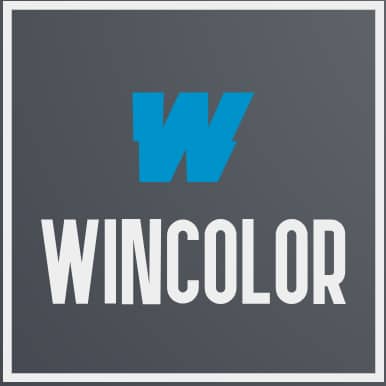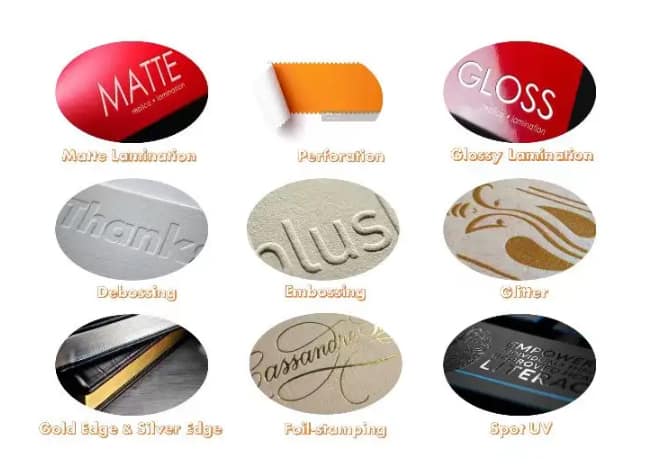The Customization Process and Application Scenarios of Coated Paper Bags
Introduction:
TOC: Customization Process and Application Scenarios of Coated Paper Bags
- Customization Process
- Requirement Confirmation
- Design and Proofing
- Printing
- Post-processing
- Bag Making
- Quality Inspection and Packaging
- Customization Requirements
- Product Information
- Bag Size
- Material Selection
- Printing Requirements
- Special Processes
- Structural Design
- Quantity Requirements
- Packaging and Logistics
- Environmental Requirements
- Application Scenarios
- Gift Packaging
- Business Gifts
- Retail Packaging
- Food Packaging
- Promotional Activities
Customization Process
Requirement Confirmation
First, communicate in detail with the customer to understand their specific requirements, including:
- Bag size (length, width, height)
- Printing patterns and design elements (such as logo, text, colors, etc.)
- Material selection (weight and type of coated paper)
- Special processes (such as hot stamping, UV, embossing, etc.)
Design and Proofing
Based on the customer’s requirements, carry out the design work for the paper bag. After the design is completed, make a sample for the customer to confirm the final effect.
The proofing stage mainly includes:
- Adjustment and confirmation of the design draft
- Making the sample bag (including printing, cutting, gluing, etc.)
- Customer confirmation of the sample effect
Printing
After confirming the sample, proceed to the formal printing stage.
The printing process usually includes:
- Plate making: Create printing plates based on the design draft
- Printing: Use professional printing equipment to print the design onto the coated paper
Post-processing
After printing, carry out a series of post-processing steps to enhance the bag’s appearance and functionality.
Common post-processing techniques include:
- Lamination: Apply a protective film to the printed coated paper to increase glossiness and wear resistance
- Hot stamping: Apply gold or silver foil to specific areas to enhance visual appeal
- Embossing: Use embossing molds to create raised patterns on the paper surface
Bag Making
The main steps include:
- Cutting: Cut the paper according to the design dimensions
- Gluing: Use adhesive to glue the cut paper into shape
- Reinforcement: Reinforce the bottom and sides of the bag to ensure its load-bearing capacity
Quality Inspection and Packaging
- Printing quality check (color accuracy, pattern clarity)
- Size check (conformance to design dimensions)
- Adhesion check (no open glue areas)
Qualified bags are then packaged and delivered according to customer requirements.
Customization Requirements
Product Information
- Product Type: Understand the type of product to be packaged, such as gifts, clothing, food, etc., to choose the appropriate packaging style and material.
- Product Specifications: Provide the specific size and weight of the product to design the suitable bag size and load capacity.
Bag Size
- Length, Width, Height: Specify the exact dimensions of the bag to ensure it fits the product perfectly.
- Special Size Requirements: If a custom or specific size is needed, indicate this explicitly.
Material Selection
- Paper Weight: Choose the appropriate weight of coated paper based on the product’s weight and packaging needs, such as 128g, 157g, 200g, etc.
- Paper Type: Select glossy or matte coated paper based on product positioning and desired visual effect.
Printing Requirements
- Design Patterns: Provide design elements for printing, including patterns, text, logos, etc., in AI, PSD, PDF, or other file formats.
- Color Requirements: Specify color requirements, preferably providing Pantone or CMYK values to ensure color accuracy.
- Printing Quality: Require high-resolution printing to ensure clear patterns and vibrant colors.
Special Processes
- Hot Stamping: Indicate if hot stamping (gold or silver) is needed to enhance the high-end look and visual appeal.
- Embossing/Debossing: Specify if embossing or debossing is required to add texture and a three-dimensional effect.
- Lamination: Choose between glossy or matte lamination to protect the printed pattern and increase wear resistance and waterproofing.
- UV Coating: Specify if partial UV coating is needed to add visual highlights.
Structural Design
- Handle Design: Select the material and color of the handle, such as cotton rope, ribbon, nylon rope, etc., ensuring comfort and aesthetic appeal.
- Reinforcement: For load-bearing bags, add reinforcement to the bottom and sides to ensure durability.
- Closure Design: Choose the appropriate closure method, such as magnetic clasps, Velcro, drawstrings, etc., ensuring product safety and convenience.
Quantity Requirements
- Order Quantity: Specify the number of bags to be ordered in one batch; larger quantities usually offer better unit prices.
- Batch Production: Indicate if batch production and delivery are needed, specifying delivery time and quantity for each batch.
Packaging and Logistics
- Packaging Method: Provide requirements for the packaging method of the bags, such as individual packaging or bundled packaging.
- Logistics Requirements: Specify delivery location and time, and whether special transportation methods or expedited processing are needed.
Environmental Requirements
- Eco-friendly Materials: Indicate if there are environmental requirements, such as using biodegradable or recycled materials, to meet eco-friendly standards.
- Certification Requirements: Specify if certain environmental or quality certifications are needed, such as FSC certification.
Application Scenarios
Gift Packaging
Business Gifts
Retail Packaging
Food Packaging
Promotional Activities
Used for promotional giveaways during events such as product launches and holiday promotions. Customizing bags with the event theme can increase promotional effectiveness and attract more consumer participation.
Conclusion:
FAQs:
What are the key steps in the customization process of coated paper bags?
What materials are commonly used for coated paper bags?
How can businesses ensure the quality of customized paper bags?
External URLs:
- How to Design a Custom Paper Bag | A Guidebook for 2024
- The Ultimate Guide to Custom Paper Bags
- The Different Printing Methods For Custom Paper Bags
YouTube URLs:
Contact Us
Please let us know more so we can connect you with the right person for your request. We value your privacy and will only use your personal data to respond to your inquiries.


